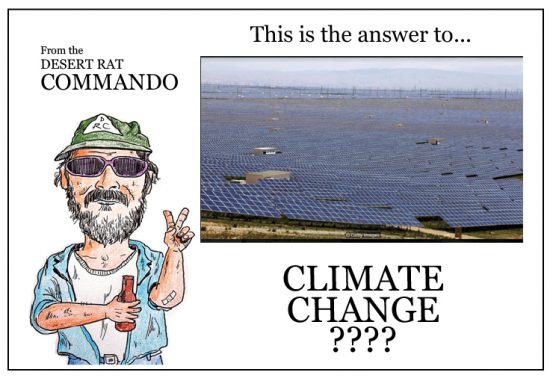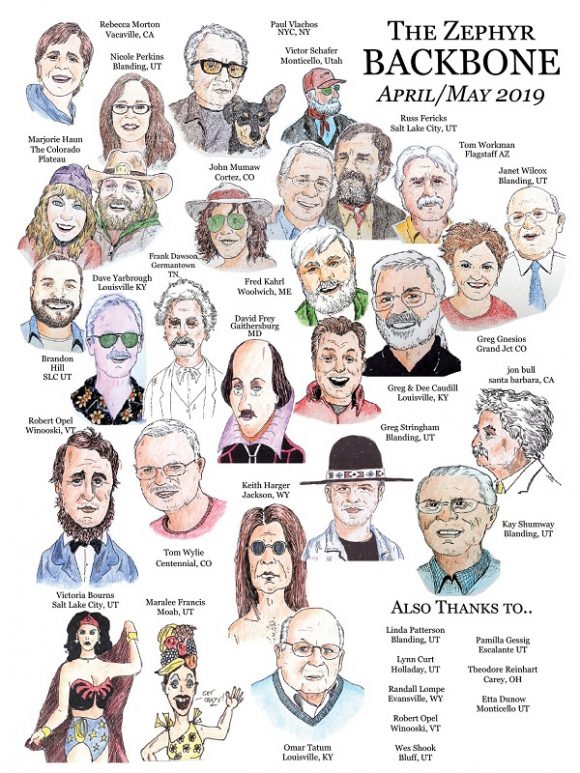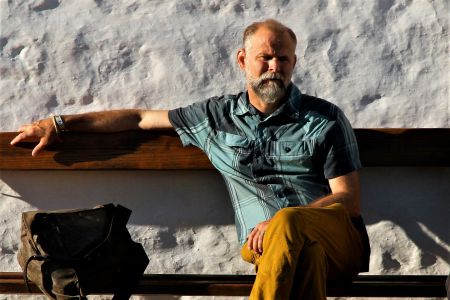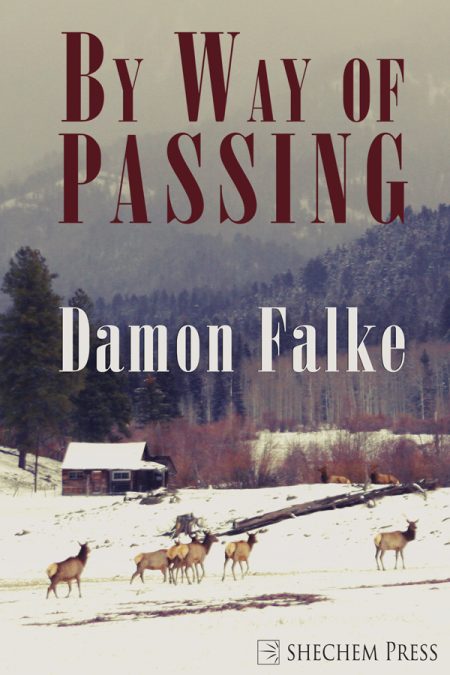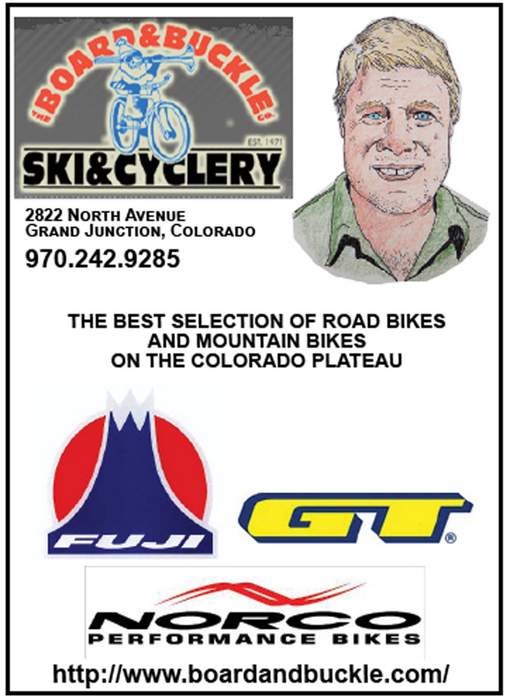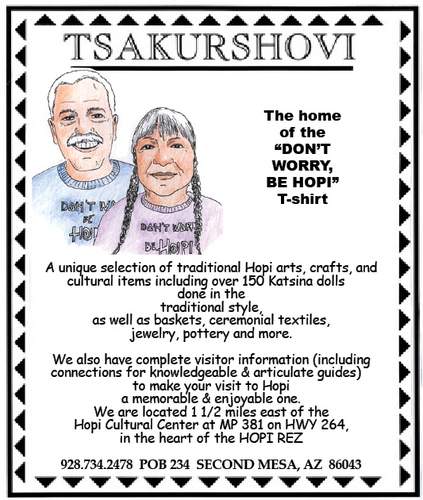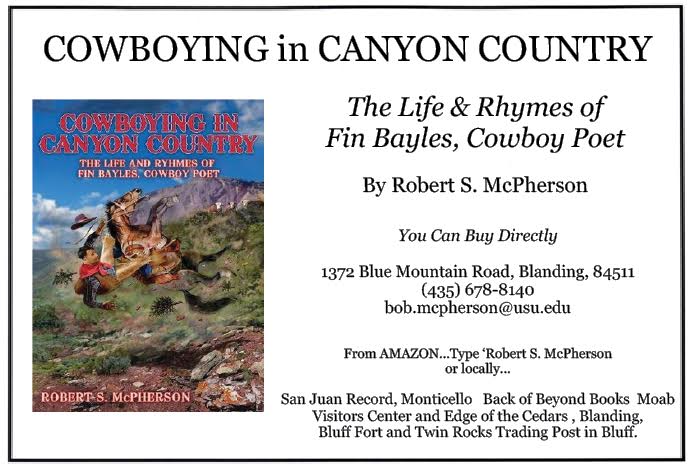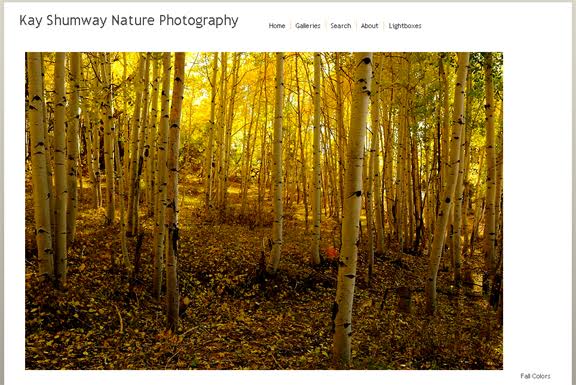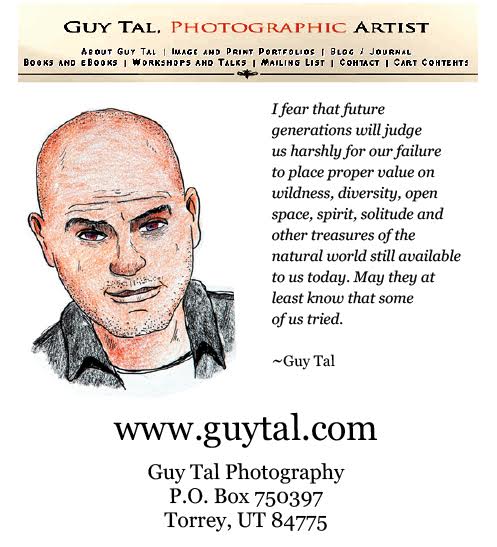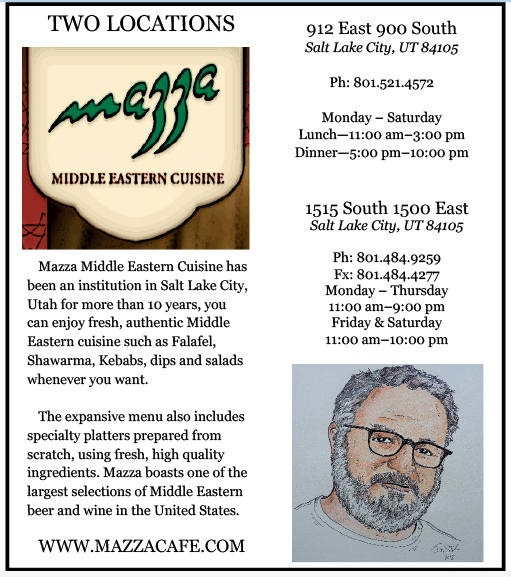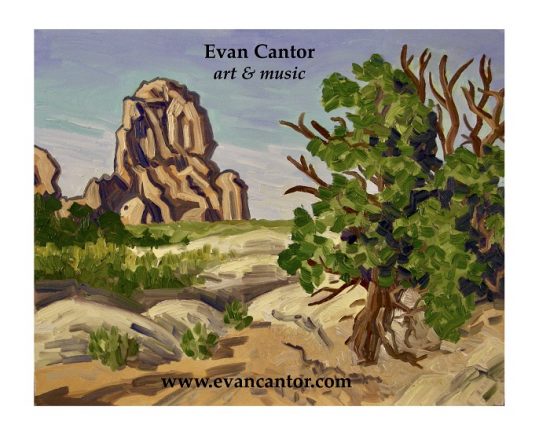It can be problematic writing about how we grew-up, about people we met in our younger days, and about those places that meant something to us. Essentially, many of us believe we are not capable of objectivity when reflecting upon our past, particularly when considering those things that matter most to us. Mere looking seems to get in our way. In the U.S. lately, I have watched people behaving strangely when anyone looks at them. Eye contact apparently being out of fashion. But what else is there? Or more precisely, who else is there? We are, after all, the ones observing the world. I can’t say whether dolphins are smarter than humans, but I feel humans are telling us more about dolphins than dolphins—despite what they may say.
These are epistemological questions, but the fact is, our perception and memory can be inaccurate, even plain wrong. Karla Vanderzanden told me years ago one of the problems when reflecting about any place from our past is that we see ourselves and not, as it were, the place. I don’t disagree with her. However, part of our experience of any place is our experience of that place. There are deficiencies in our perceptions, naturally, but being aware of our deficiencies will hopefully aide our discernment. Essays can be a record of our journey through the world, as Montaigne taught us, and a part of that journey, as with essay writing, is being aware of the various lenses through which we look.
For a little more than a year, I have written essays for the Zephyr through the lens of fly fishing, explaining how the pursuit of fly fishing has taken me into the world. I have written about a sundry of people, towns, rivers, streams, and locations. Yet I wonder if the constant backdrop of my essays remains the Moab of my youth. I lived an unexpected lifetime in Moab, and I doubt that I can separate myself from that experience.
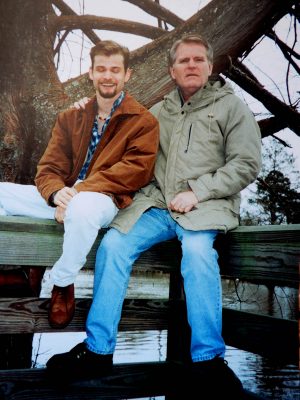
A few weeks ago I was in Moab, talking with a group of men as we stood on the levelled grounds of where a bar had once stood. Many of us had shot pool in the bar. The braver of us had danced. Being terrible at dancing and shooting pool, I usually sat at our table and watched people, happily so. I had befriended some of these men at a time when we were boys, and now some of us were working together. While working on one of those snowy afternoons, the thought occurred to me that I have travelled to 20 countries, and I have also heard the same arguments from the same family about basically the same concrete for 20 years. I mentioned this to Shane Ward. He laughed and said, “Yeah, that sounds about right!”
My friendships in Moab are few these days. I can slip into a coffeeshop or restaurant and recognize individuals who do not recognize me. Locals in Moab notice the vehicles of other locals, but I am no longer local and my drives through town go unseen. I drive those roads I drove as a young man. I might drive to an overlook or some place in the desert to remember better what had happened there. Overlooks and the desert are not necessarily exclusive, but those were the places I went as a young man to push through the tougher parts of growing up. None of this is unusual or exceptional. These are returns. These are returns to ghosts. A lot of people return to their ghosts.
One of the places I drove while in Moab was near Jim Stiles’s old house. Jim is not a ghost, but his house is. I hardly recognized the house or the yard. There have been too many changes. Even so, I stopped and stared from the road and recalled the first time I walked into Jim’s studio. I was in my teens then, and I recall there were fantastic drawings everywhere. How could anyone produce so much work? There were cartoons of people and establishments from around town. There were drawings of canyons and animals and birds and of a lone piñon tree that I still think about. There were stacks of paper scribbled with notes and scribbled with scribbles. This was Jim’s work. I knew little about Jim in those days, though I knew he and Dad sometimes drank coffee or ate burgers at the Main Street Broiler.
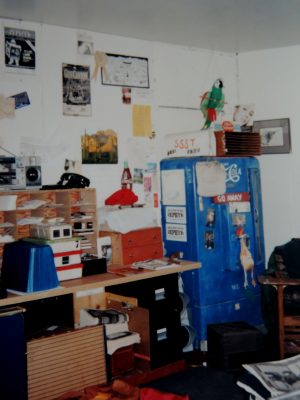
I am not sure why I went to Jim’s studio those years ago. The likely scenario is I wanted, simply, to visit Jim’s studio. I was curious. Jim was and is a working artist and writer, and I was a young man who loved to read books and draw. I have no doubt that I was envious of Jim’s accomplishments and abilities. He had a studio with warm windows. He had multiple talents. He had stacks of writing, research, drawings. He knew finer places in the desert than I could speak of.
What I didn’t tell Jim was that I wanted to write for his paper. I had seen the paper in Cortez and Monticello and Bluff and obviously in Moab. To write for a publication with those memorable drawings and editorials and to have people all over the Four Corners read an essay I had written, well, that would have been more than okay. Except, I wasn’t much of a writer. That came later. That came after losing my heart to a local girl and losing a town for what I thought would be a painful forever. The forever part is true, yet the edges of painful have worn away some. But slowly, slowly I began to put notes on paper.
The first essay I submitted to Jim was about a dog, a dog named Teton. Jim read the essay. He liked parts of it, he wrote to me, but he said the piece wasn’t quite right for the Zephyr. Fair enough. Although, for the record, I thought the dog essay was a pretty good read. Nevertheless, a couple of years later I wrote an essay about the Dolores river. The essay was called “Dolores: A River Narrative.” That same essay published in The Chattahoochee Review. Afterwards, I sent the essay to Jim, and he took it. In some ways, I was more thrilled to have work in the Zephyr than in the journal. I wanted my writing to be respected by Jim because I respected the effort Jim made with his own work. Time passed, and Jim published a handful of my poems. Then came another essay, and then and then.
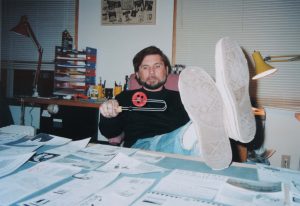
The Moab where I grew-up is another town, another lifetime from what I see and know of the town today. With age, I have become increasingly aware of my own ignorance about those places where I lived, including Moab, and about those people whom I went to school with or worked beside. Yet a look back doesn’t need to be nostalgic, not if we keep check on our questions. Sharpening our questions may in some ways be more important than our answers.
I have never worried overly much about being objective or getting all the facts correct. Not that facts don’t matter or that I have neglected facts when relevant, but there can be a narrowing effect with facts that limits our perspective. Sometimes our stories are enough. If we are lucky, certain details may swim into our memory. And some of those memories may be beautiful. Like walking into a studio where there were hundreds of drawings, cartoons, notes, essays, and a good man putting them all together.
Damon Falke was a regular contributor to the Canyon Country Zephyr for almost a decade. He now posts at Juke, damonfalke.com, shechempress.org and on
Facebook.
___
___
___
___
___
To comment, scroll to the bottom of the page.
Don’t forget the Zephyr ads! All links are hot!
